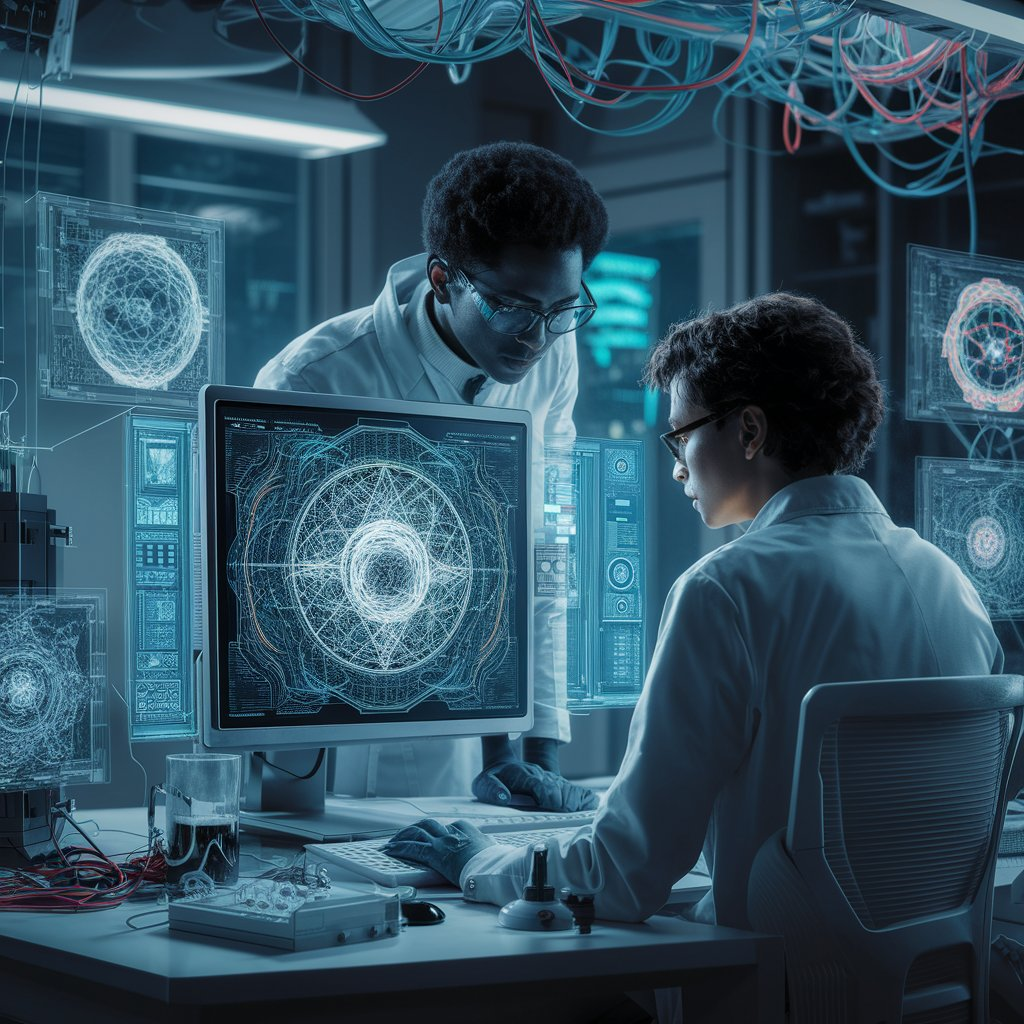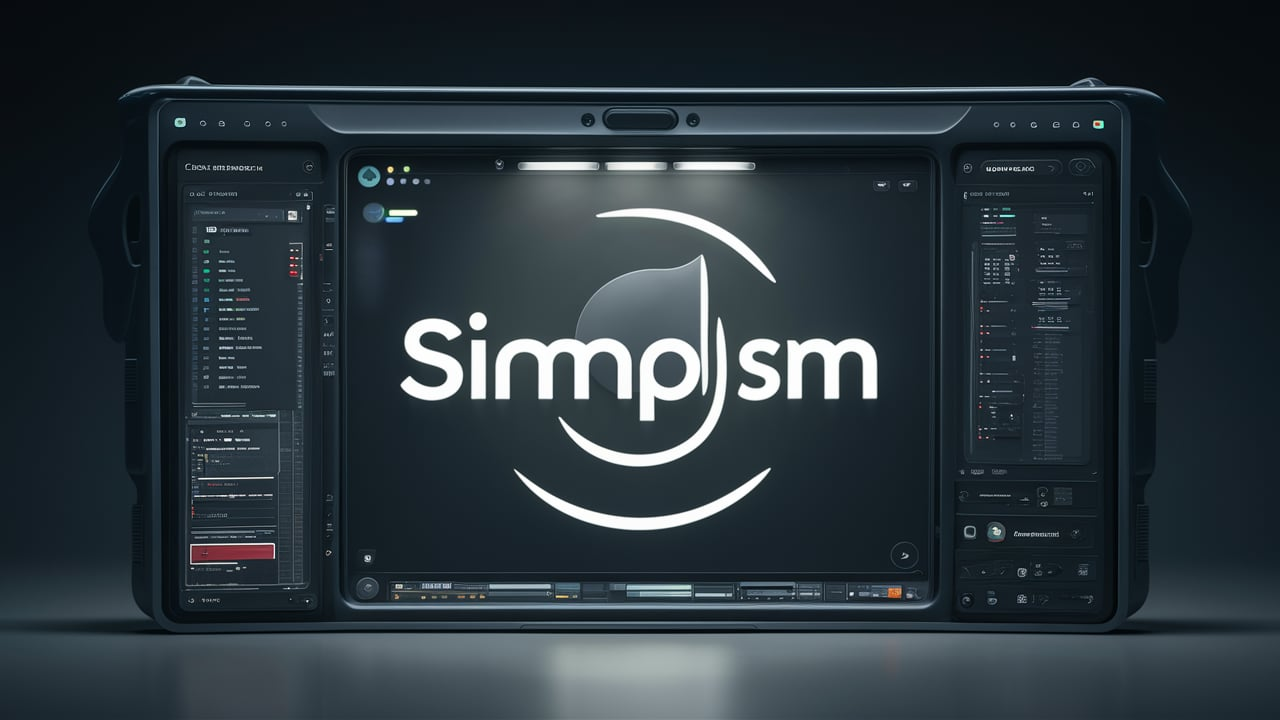Introduction to itk get the image matrix
In image processing, extracting essential information about an image is fundamental for various applications. One crucial aspect is obtaining the image matrix, representing the pixel values arranged in a numerical format. The ITK (Insight Toolkit) library provides a powerful function, itk get the image matrix, specifically designed for this purpose. This article delves into the intricacies of this function, exploring its significance, usage, and practical applications.
The Concept of Image Matrix
Before diving into the itk get the image matrix function, it’s essential to understand the concept of an image matrix. An image matrix is a two-dimensional array where each element corresponds to a pixel’s intensity or colour value. This representation is widely used in image processing algorithms due to its computational efficiency and versatility.
The Role of itk get the image matrix
The itk get the image matrix function in ITK bridges the image object and its underlying matrix representation. By invoking this function, you can efficiently extract the image data into a suitable data structure for further processing or analysis. This capability is indispensable for feature extraction, image filtering, and machine learning tasks.
How to Use itk get the image matrix.
To employ itk get the image matrix effectively, follow these general steps:
- Include necessary headers: Incorporate the required ITK headers into your code to ensure proper compilation and linking.
- Create an ITK image object: Instantiate an object representing the image you intend to process.
- Call the function: Apply the itk get the image matrix function to the image object, passing appropriate arguments as needed.
- Handle the returned matrix: Process the obtained matrix according to your specific requirements, such as performing calculations, applying transformations, or visualizing the data.
Handling Multidimensional Images
While itk get the image matrix primarily focuses on 2D images, ITK also supports multidimensional images. To handle higher-dimensional photos, you’ll need to adapt your code accordingly. This might involve reshaping the extracted matrix or iterating through multiple dimensions to access pixel values.
Memory Considerations
When working with large images, memory management becomes critical. Extracting the entire image matrix into memory might lead to performance issues or even exhaustion. To address this, ITK offers mechanisms for iterating over image data without loading the whole matrix. Consider using image iterators or region-based processing for efficient memory utilization.
Practical Applications of itk get the image matrix.
The itk get the image matrix function finds extensive applications in various image processing domains. Some everyday use cases include:
- Image segmentation: Extracting image features from the matrix for segmentation algorithms.
- Image registration: Aligning images by comparing corresponding matrix elements.
- Image filtering: Applying mathematical operations directly on the matrix for noise reduction or enhancement.
- Machine learning: Converting images into numerical representations for training and prediction models.
Performance Optimization
For computationally intensive tasks, optimizing the performance of itk get the image matrix is essential. Several techniques can be employed to improve execution speed. These include using appropriate data types, exploiting SIMD instructions, and parallelizing computations. Additionally, exploring alternative image representations or accessing image data directly through iterators might yield performance gains.
Error Handling and Robustness
Incorporating robust error handling into your code is essential to prevent unexpected behaviour. Check for invalid image dimensions, unsupported pixel types, or memory allocation failures. By gracefully handling exceptions, you can enhance the reliability of your image-processing applications.
Combining itk gets the image matrix with Other ITK Functions
To maximize the potential of itk get the image matrix, consider combining it with other ITK functions. For instance, you can preprocess images using filters, apply image transformations, and then extract the matrix for further analysis. This integrated approach allows you to create complex image-processing pipelines.
Real-World Applications
The applications of itk get the image matrix extend beyond academic research. Industries such as medical imaging, remote sensing, and computer vision heavily rely on this function. Examples include:
- I am analyzing medical images for disease detection.
- We are processing satellite imagery for land cover classification.
- We are developing computer vision algorithms for object recognition.
Advanced Considerations
While itk get the image matrix provides a straightforward way to access image data, it’s essential to consider the following factors:
- Image dimensions: Handle images of different dimensions (2D, 3D, etc.) appropriately.
- Pixel types: Consider the data type of pixel values and potential conversions.
- Memory efficiency: Optimize memory usage when dealing with large images.
- Performance: Explore alternative methods for performance-critical applications.
Future Trends and Advancements
Image processing is constantly evolving, and new techniques and algorithms are emerging. Future versions of ITK are likely to introduce enhancements to itk get the image matrix or provide alternative approaches for accessing image data. Staying updated with the latest developments will help you leverage this function’s full potential.
Conclusion
The itk get the image matrix function is a valuable tool in the ITK arsenal for extracting image data in matrix form. By understanding its functionality and applications, you can effectively leverage it for various image-processing tasks.



